Reservations
/Inquiries


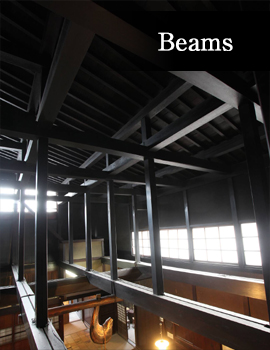
Looking up in the entrance hall, you will be overwhelmed by the enormous 13-meter beam of Japanese red pine across the ceiling.
Enjoy the ample space of the triple height hall.
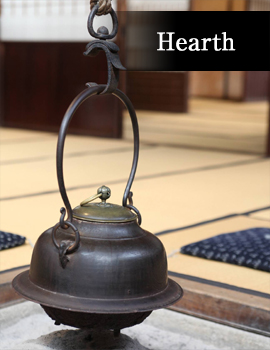
In the kitchen at the Kusakabe�fs, there is a hearth suggesting a nostalgic atmosphere that reminds you of the dining scene of the time.
The head of the family used to sit with his back facing the Buddhist altar.
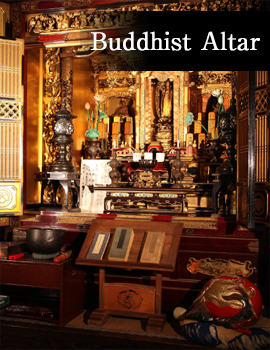
It is not too much to say that the gorgeous Buddhist alter is the best spot to see in the Kusakabe Folk Museum.
Three hundred taels (approximately equivalent to US$ 1 million today) were invested to elaborate the altar.
It is equipped with a hidden automaton, which could be carried out to escape the 1875 conflagration.
It is a power spot of Takayama.
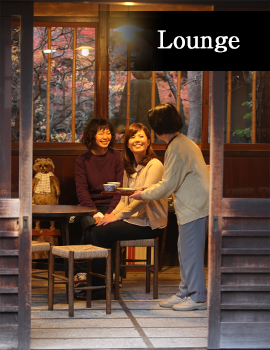
The director of the museum will serve you a cup of tea and some snacks. After the museum tour, totally immersed in its nostalgic atmosphere, sit back and enjoy a relaxing moment while experiencing the warmth of people of Takayama.
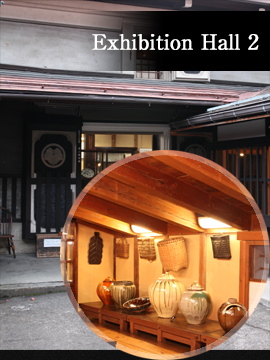
The library inside the hall is full of displays. You can enjoy a variety of folkcraft with long histories, including ancient Hida ceramics.
The exhibition is reorganized from time to time, with as many as displayed permanently.
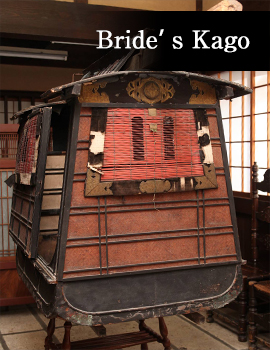
This kago is a litter on which the bride of the 9th generation married into the Kusakabe family.
She wore the navy blue bridal outfit, displayed on the 2nd floor, at her wedding.
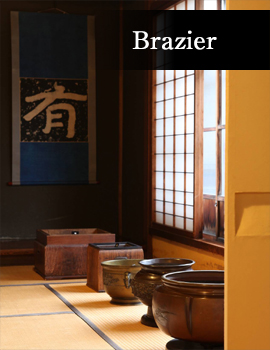
A queue of braziers.
Note the amusing variety of shapes corresponding to different ages.
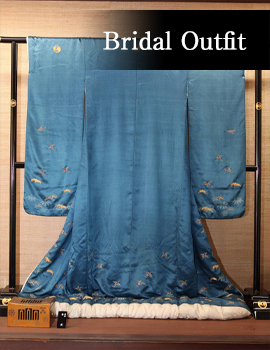
Unusual bridal outfit in beautifully profound navy blue.
The bride married into the Kusakabe family on the bride�fs kago, displayed on the first floor.
| Site Area | 1712�u�i518�j |
|---|---|
| A Wooden Two-story Building (Exhibition Hall 1) | First Floor : 854.11�u Second Floor : 193.52�u |
| An Earthen Storehouse (Exhibition Hall 2) | First Floor : 66.1�u�i20�j Second Floor : 60.1�u�i18�j |
| Exhibition Hall 1 | Utensils, among other items, used in the daily lives of common people from the late Edo period through the Meiji period. |
|---|---|
| Exhibition Hall 2 | Various folkcraft works |
*The exhibition is reorganized from time to time, with as many as displayed permanently.


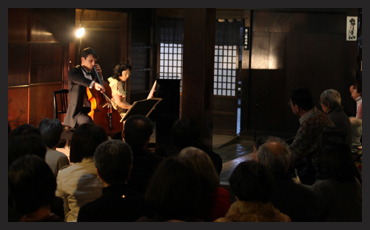
More recently, we have proposed the museum be not only seen, but heard to breathe additional life into the experience while preserving its long, precious history. This takes the form of music events, which take advantage of the resonance in the double height hall.
We are sure you will be enchanted with the sound echoing in the triple height open hall.

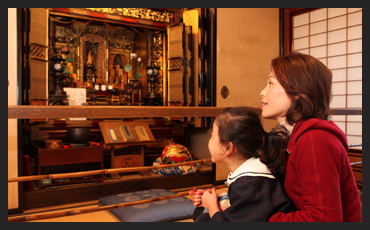
Kusakabe Folk Museum is full of attractions revealing the lives of people of the time.
Get acquainted with the �glives of people in the past,�h see the beautiful architectural styles, and learn in a museum that stimulates your curiosity while enjoying yourself.

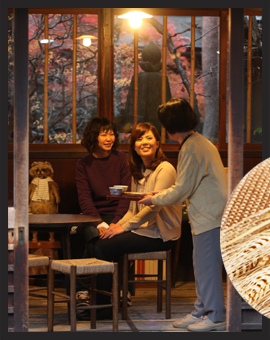
Takayama�fs appeal comes not just from its numerous tourist spots and attractions, but also, in fact, from the people�fs warmth.
It is one of the greatest pleasures to feel people�fs warmth on a trip; please feel free to talk to our staff members.
After the tour in the museum, the director will serve you a cup of tea and some snacks;
Roasted barley tea is, in fact, prepared by our director from the barley he buys on his own and boils in the tea kettle with care for a long time to bring out the flavor.
His motto is to welcome cordially, with �gomotenashi,�h every single guest who has traveled all the way.

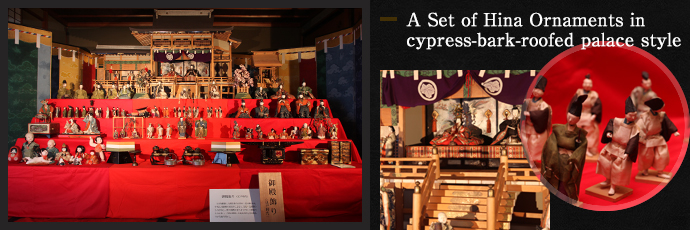
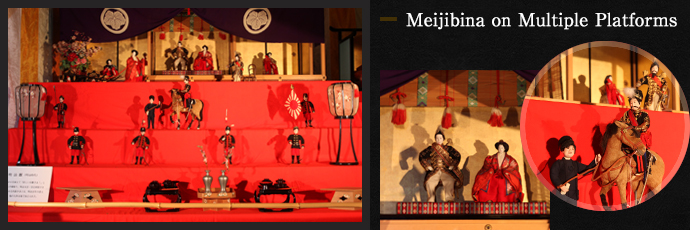
On display annually from March 3 through April 3.
Many of the Hina dolls conserved at the Kusakabe�fs were brought in for generations as trousseaux of those who married into the heads of family, and some of the boxes for the dolls have inscriptions of the names of the historical brides. Given that background, all the dolls are displayed on the same platform, although the shapes, the sizes and the ages vary from one doll to another. In addition, dolls and puppets played with by kids are also displayed on the same occasion. According to the writings in India ink discovered, along with the dolls, in storage the Hina dolls seem to be mostly from the eras of �gBunka�h (1804 - 1818) and "Bunsei�h (1818 - 1830), including a set of five gagaku court musicians and other musicians, the dolls of a procession of the Aoi Festival in Kyoto, and the kemari player dolls, among many other dynasty-style dolls, placed on the great palace.
On another Hina platform, the dolls of Emperor and Empress Meiji, instead of ordinary Imperial family dolls, are displayed, in addition to the commander and officers of the Imperial Guard, military police officers, etc. Moreover, the zashiki room is filled with various other dolls inherited through the generations, including kimekomi dolls, and clay Hina dolls of Takayama, among others.